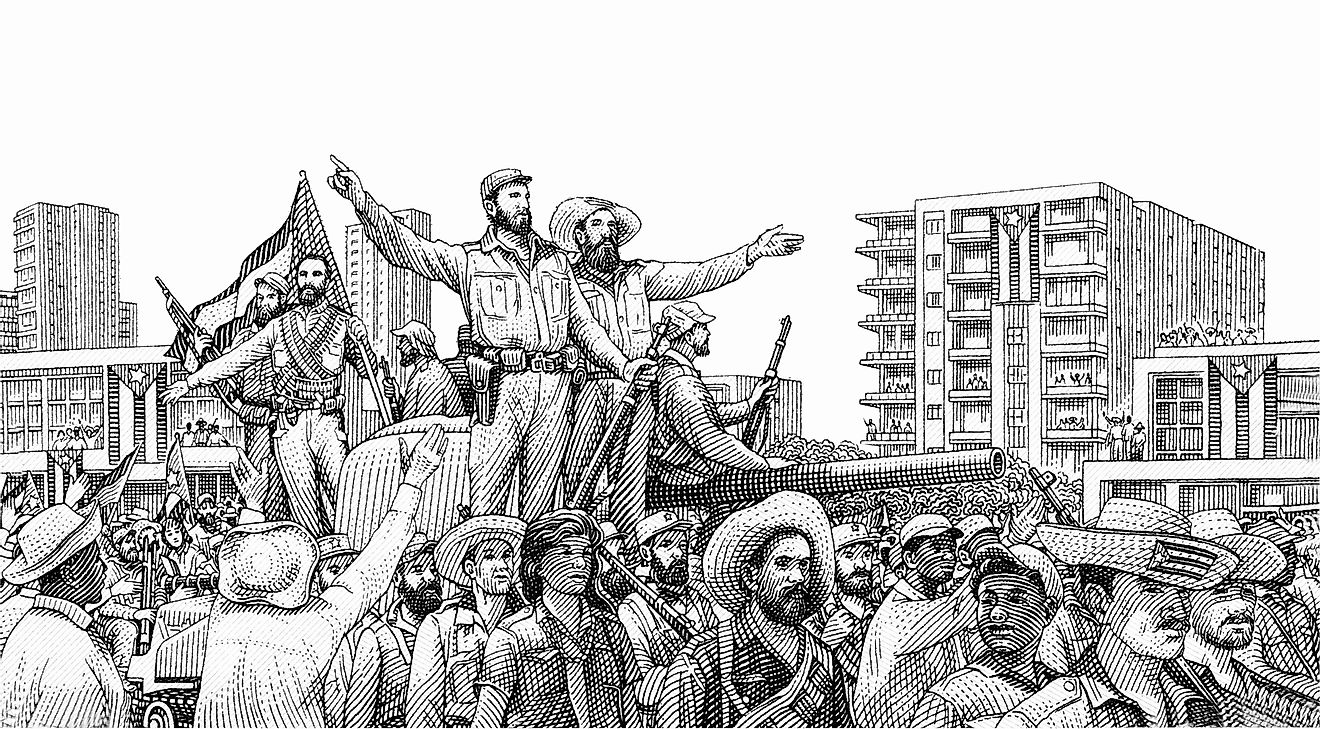What Is Reaganomics?

Reaganomics refers to the economic policies developed by Ronald Reagan, the 40th president of the United States. The idiomatic expression was used to refer to the four pillars that were implemented during the reign of Reagan between 1981 and 1989. The aim was to stimulate economic growth after years of stagnant growth during the era of Jimmy Carter his predecessor. Also known as the voodoo economics, the policies were introduced after the credit crisis the country was experiencing. The policies are based on trickledown economics or supply-side theory.
Historical Origin
Ronald Wilson Reagan was elected to the presidency in 1981. He was previously a Hollywood actor before being elected as the 33rd Governor of California. Immediately after taking office, he carried out a major political and economic sweep dubbed Reaganomics. The radical approach was due to the prevailing economic situation under the preceding president Jimmy Carter. Though Carter inherited an already troubled economy, the situation deteriorated more in his tenure especially due to factors beyond his control. Inflation was high and the world oil prices continued to rise. The second oil crisis of 1979 which occurred was due to lower output of oil worldwide and the Iran-Iraq War of 1980 led to a rapid increase in fuel prices. The Iran hostage of 1979 to 1981 had led to low confidence in leadership. Reagan inherited a country that was experiencing stagflation, a decline in industrial productivity coupled with growing competition from Japan and Germany.
Principles of Reaganomics
When he took power in 1981, President Reagan introduced 4 guiding principles as discussed below.
1. Government Spending
The Reagan administration targeted to reduce the amount of money spent by government ministries. Despite cutting expenditure of various departments, there was an increase in the amount spent on Department of Defense. The higher investment in the military was to strengthen the institution. Spending on social programs and some departments was drastically reduced.
2. Reducing Inflation
The government reduced the supply of money to minimize the amount of money in circulation. The act supported slower money growth among the citizens. Reagan gave support to monetary policies that stabilized the dollar against the foreign currencies. Another short-term strategy was borrowing from abroad as well as domestically. The borrowing turned the US from the largest creditor to the largest debtor country in the world.
3. Taxation
Reagan sought to ease the burden of tax on personal income and capital gains. He lowered income tax where the top tax bracket was lowered from 70% to 50% and eventually 28%. The lowest bracket was reduced to 11% from 14%. The oil windfall profits tax was eventually scrapped in 1988. To offer an incentive to investors, tax paid by corporates was trimmed from 48% to 34%. In 1986, the Tax Reform Act was passed to simplify the already complex tax system. The Tax Reform Act sought to minimize the tax brackets, trim the highest marginal rates as well as eliminate the numerous deductions.
4. Reduction in Government Regulation
Reagan’s administration sought to reduce the burden on businesses in matters of regulations. The government interference in enterprises was only when absolutely necessary. Price controls in the oil sector were done away with to allow forces of demand and supply to prevail. The deregulation led to liberalization in cable television, transport, banking, and telephone services.
Impact of Reaganomics
Reaganomics helped the country come out of stagflation, achieve a bigger GDP, attain entrepreneurial revolution, and have a boom in the stock market. The critics, on the other hand, urged that it led to a wider income gap, budget deficits, and tripling of national debt as a percentage of the GDP in only 8 years. However, during Reagan's tenure, inflation dropped from 12.5% to 4.4% while the real GDP grew by 3.4%. Proponents of Reaganomics suggests that the approach restored the pride and morale of Americans. He served two terms, a tenure which none of the five preceding presidents had achieved.











